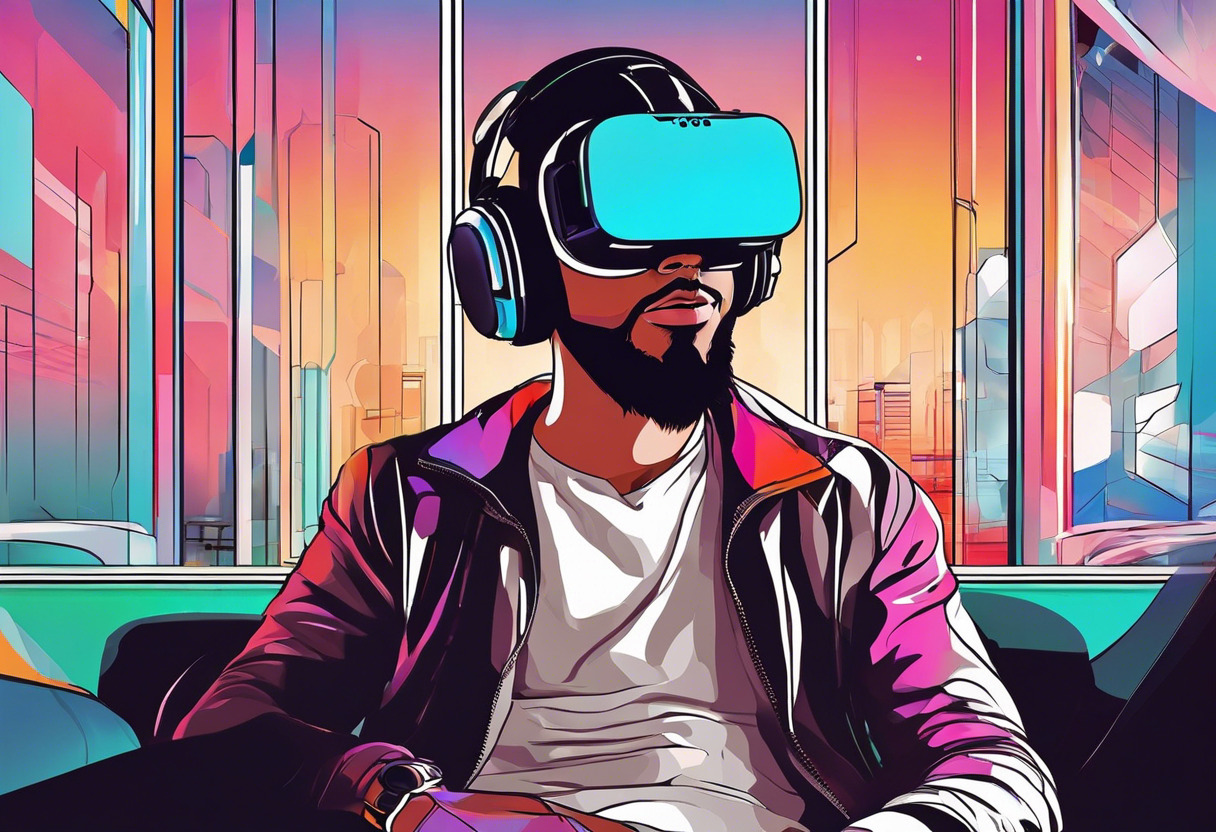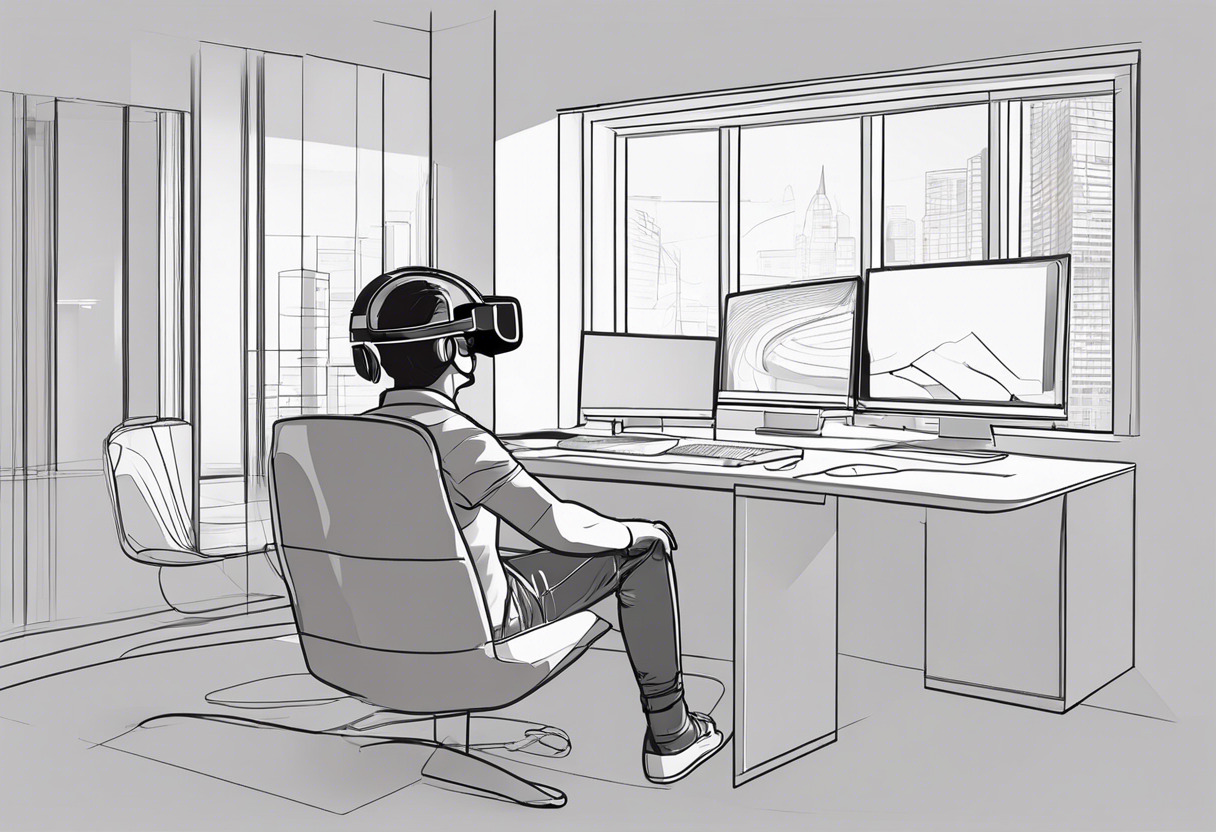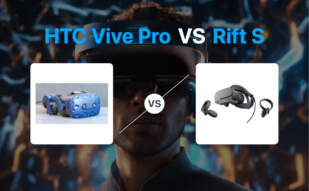If you value a pioneering VR experience with a supportive library, choose Oculus Rift. Ideal for those dedicated to brilliant clarity and reduced screen door effects. Nevertheless, for those in pursuit of top-tier VR gaming, the costlier HTC Vive with its high-resolution graphics and freedom of movement is your ally.

Key Differences Between Oculus and Vive
- Oculus offers a more affordable entry into VR, while Vive caters to the high-end market.
- Oculus leverages its own software library compatibility. Conversely, Vive assures native access to its content library.
- Vive delivers room-scale motion tracking with a larger area of freedom.
- Oculus Rift S centres around clarity and reduced screen effects while Vive Pro 2 promises superior resolution.
| Comparison | Oculus Rift | Vive |
|---|---|---|
| Developer | Oculus VR | Valve, HTC |
| First Release | March, 2013 | April, 2016 |
| First Release Features and Specs | 90 degrees horizontal, 110 degrees vertical FOV, 1280×800 resolution, 3-axis gyro, accelerometers, magnetometers | Motion tracking, high-res screens, high-quality graphics |
| Updated Version | Oculus Rift S, 2019 | HTC Vive Pro 2 |
| Quality of Experience | High-quality virtual reality at an affordable cost | High-end VR with laser tracking system, specially designed controllers |
| Movement Capability | Absolute head orientation tracking without drift | Freedom to move within 15×15-foot room |
What Is Oculus Rift and Who’s It For?
Oculus Rift is a virtual reality headset line, developed and manufactured by Oculus VR. It was created to reignite the VR industry by offering an immersive, realistic experience at an accessible price. It utilizes innovative tech to increase quality while reducing cost. This technology is for enthusiasts who wish to explore the VR world for pleasure or work, and hardcore gamers seeking immersive experiences.

Pros of Oculus Rift
- Offers a realistic and accessible virtual reality experience
- Wide Field of View and high resolution for enhanced immersion
- High-quality hardware with head orientation tracking
Cons of Oculus Rift
- Discontinued in 2021
- Requires a compatible software library
- Risk of screen door effect in earlier models
What Is Vive and Who’s It For?
Vive is a high-tier VR headset developed by Valve and HTC. Powered by external computers or game consoles, Vive is known for its motion tracking, high-resolution screens, and superior graphics. This device is for anyone seeking a flexible and dynamic gaming experience, VR enthusiasts, and developers.

Pros of Vive
- Offers freedom of movement within a 15 x 15-foot room
- Motion controllers to enhance the gaming experience
- Access to a comprehensive content library
Cons of Vive
- High price point
- Requires a VR-ready PC for the optimum experience
- Conventional wand-style controllers may be awkward to handle
Oculus or Vive – Decision Time
In the debate of Oculus versus Vive, the verdict hinges on specific needs. Let’s examine who should adopt what.
VR Newbies & Casual Users
If you’re an AR/VR enthusiast, dipping your toes into the virtual realm, the Oculus is an accessible choice. Its software library compatibility and consumer-friendly price bring a true VR experience within arm’s reach.
- Oculus Rift DK1: Accomplished field of view, head tracking, and reduced screen door effect for immersive VR
- Crystal Cove Prototype: Boasts low-persistence of vision for dynamic experiences

High-End Gamers & Professionals
The Vive, meticulously crafted by HTC and Valve, is a high-end solution for those seeking premium VR experiences. Optimization with VR-ready PCs and a vast catalog of games make it the powerful gamer-choice.
- Vive Pro 2: Provides are high-resolution 5K screens and a wide field of view
- Integrated Valve Index controllers: Ensure precise tracking, enhancing immersion

Developers & Tinkerers
Experimenters who wield advanced tech, the Oculus prototype tech offers abundant playground space. Utilize geomtric pre-distortion and FOV innovations for tailored forays into VR. Whereas, VR creators eyeing for advanced room-scale tracking should opt for Vive.

Patrick Daugherty
Content writer @ Aircada. Merging AR expertise with a love for late-night gaming sessions.





